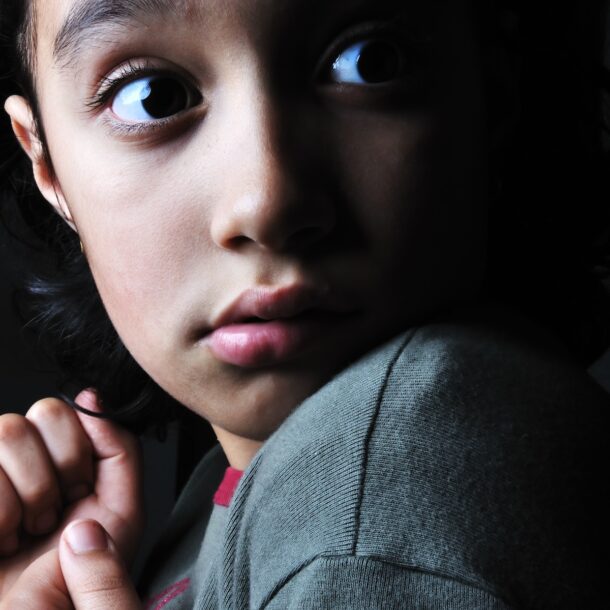
Categories
- Alcohol (9)
- Detox (9)
- Drugs (31)
- Life After Rehab (24)
- Media Coverage (1)
- Mental Health (67)
- Miscellaneous (13)
- News (2)
- Sobriety (34)
- Treatment (68)
Recent Posts
-

For members of the LGBTQ+ community, poor mental health and addiction can be familiar sights. However, these problems are not inherent to the LGBTQ+ experience. Rather, they can arise as a result of trauma, an unfortunately but common experience for many LGBTQ+ individuals.
Due to intense stigmatization, LGBTQ+ people, such as those with different gender identities than those assigned at birth, are at higher risk of developing substance use disorder. Thus, it is important that LGBTQ+ addiction recovery programs assess and address their unique needs as a community.
LGBTQ+ is an acronym that refers to a minority community consisting of individuals of various sexualities and gender identities. In general, the L stands for lesbian, meaning women attracted to other women, the G for gay, referring to those attracted to the same gender as themselves, the B for bisexual, who experience attraction to multiple genders, and the Q for questioning or queer, a reclaimed umbrella term. In addition, the banner also includes asexual people who do not experience attraction, and pansexual people, who are attracted to someone regardless of gender. However, these identities can be complex, carrying different meanings for different people. For example, some members may use the terms bisexual and pansexual interchangeably, while others prefer one over the other. The + refers to any identity not included in the acronym.
Crucially for this discussion, the T in LGBTQ+ stands for transgender, representing the various gender identities that the LGBTQ+ community embodies.
According to the National Education Association (NEA), gender identity is a person’s internal sense of being male, female, or somewhere else along the gender spectrum. A person is transgender when their gender identity is different from their biological sex or the sex they were assigned at birth. This experience can include various gender identities. As well as male and female, non-binary individuals have a gender identity outside of binary gender and may prefer they/them pronouns instead of he or she.
According to the National Institute on Drug Abuse (NIDA), sexual and gender minorities, including lesbian, gay, bisexual, transgender, queer, and intersex people have higher rates of substance misuse and substance use disorders than people who identify as heterosexual. As well, a national survey also found that 32% of LGBTQ+ students drank more alcohol since the pandemic.
LGBTQ+ individuals are also twice as likely as those who identify as heterosexual to suffer from a mental health disorder. In addition, approximately 60-75% of adolescents with mental illness have a co-occuring substance use disorder. In addition, more than one in three LGBTQ youth ages 13-24 has reported high levels of trauma symptoms.
A lack of social support for LGBTQ+ people may contribute to their higher risk of substance use disorder. It is important to note that being LGBTQ+ in and of itself is not inherently a risk factor. Rather, the increased risk results from stigma. In addition, many members of the LGBTQ+ community experience internalized homophobia or internalized transphobia, causing them to feel self-loathing and a lack of comfort in their own skin.
Many members of the LGBTQ+ community may turn to substance use in order to cope with the rejection that they face from family, friends, and strangers for their identities. Transgender youth especially face even higher levels of stigmatization and discrimination, experiencing a 2.5-4 times higher risk of substance use disorder.
LGBTQ+ people require access to treatment in order to address the stigma, discrimination, harassment, and trauma that can raise the likelihood of a person having substance use problems. Plus, this treatment that specializes in the needs of LGBTQ people is proven to be more effective.
For example, one method of treatment is harm reduction, a practice that can be traced back to LGBTQ+ advocates responding to the AIDS crisis. This technique addresses problems by employing practical strategies aimed at reducing negative health consequences. LGBTQ+-friendly treatment can involve staff members certified to handle LGBTQ+-related treatment, or who are LGBTQ+ themselves. It also helps when a treatment center offers LGBTQ+-specific groups that take into account a patient’s sexuality and gender identity.
The LGBTQ+ community includes a diversity of experiences. Because the community faces a greater risk of mental health issues and substance use disorder, LGBTQ+ patients require treatment that takes into account their needs and unique identities. This is especially true for members with differing gender identities, who face even higher levels of discrimination and therefore a higher risk of substance use disorder.
Because of the unique needs of LGBTQ+ individuals, it’s important to find a treatment center that addresses LGBTQ trauma and LGBTQ addiction recovery. If you or a loved one is suffering from substance use disorder, then SoberMind Recovery has the resources to help. Contact us today to learn more about our dual diagnosis treatment in Los Angeles and our LGBTQ sober living. WIth state-of-the-art treatment specializing in meeting the needs of LGBTQ+ individuals, we might just be the right place for you.

